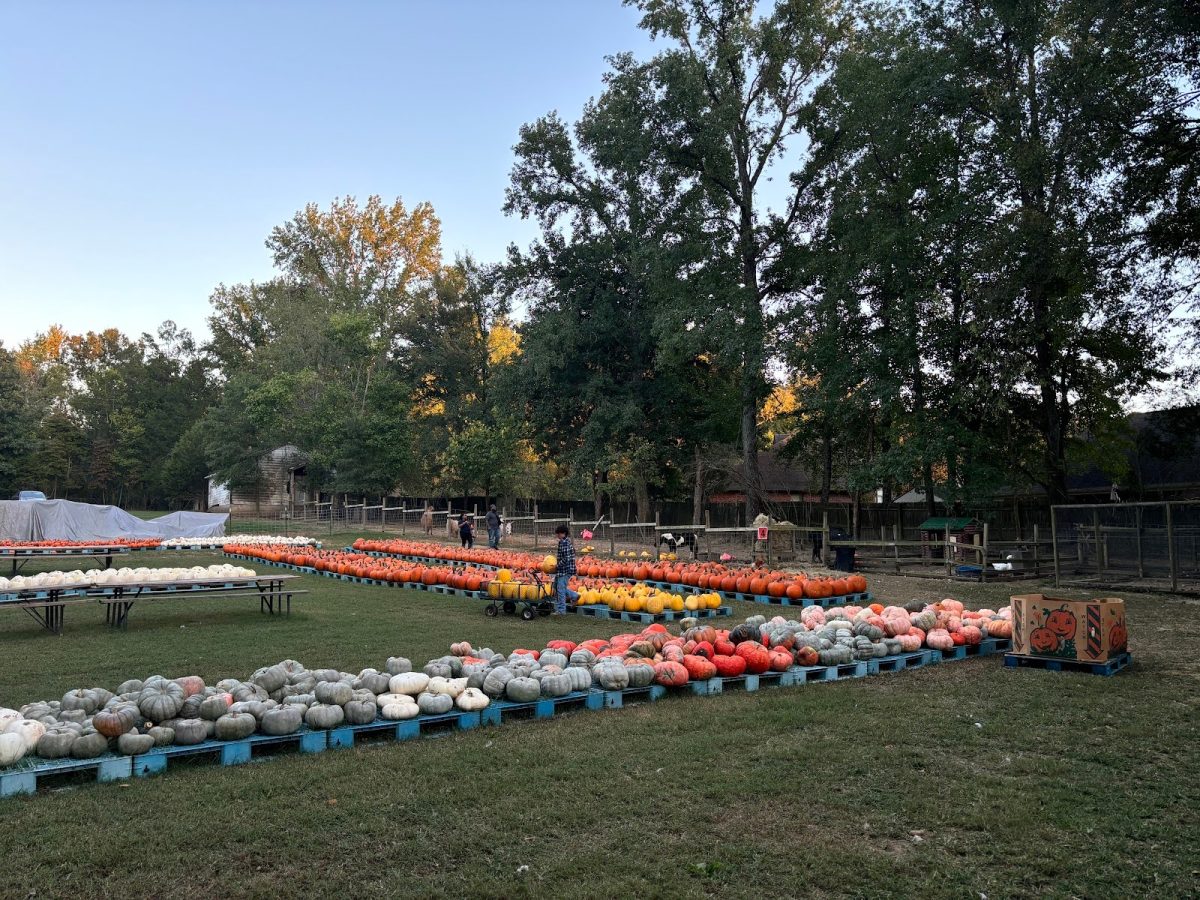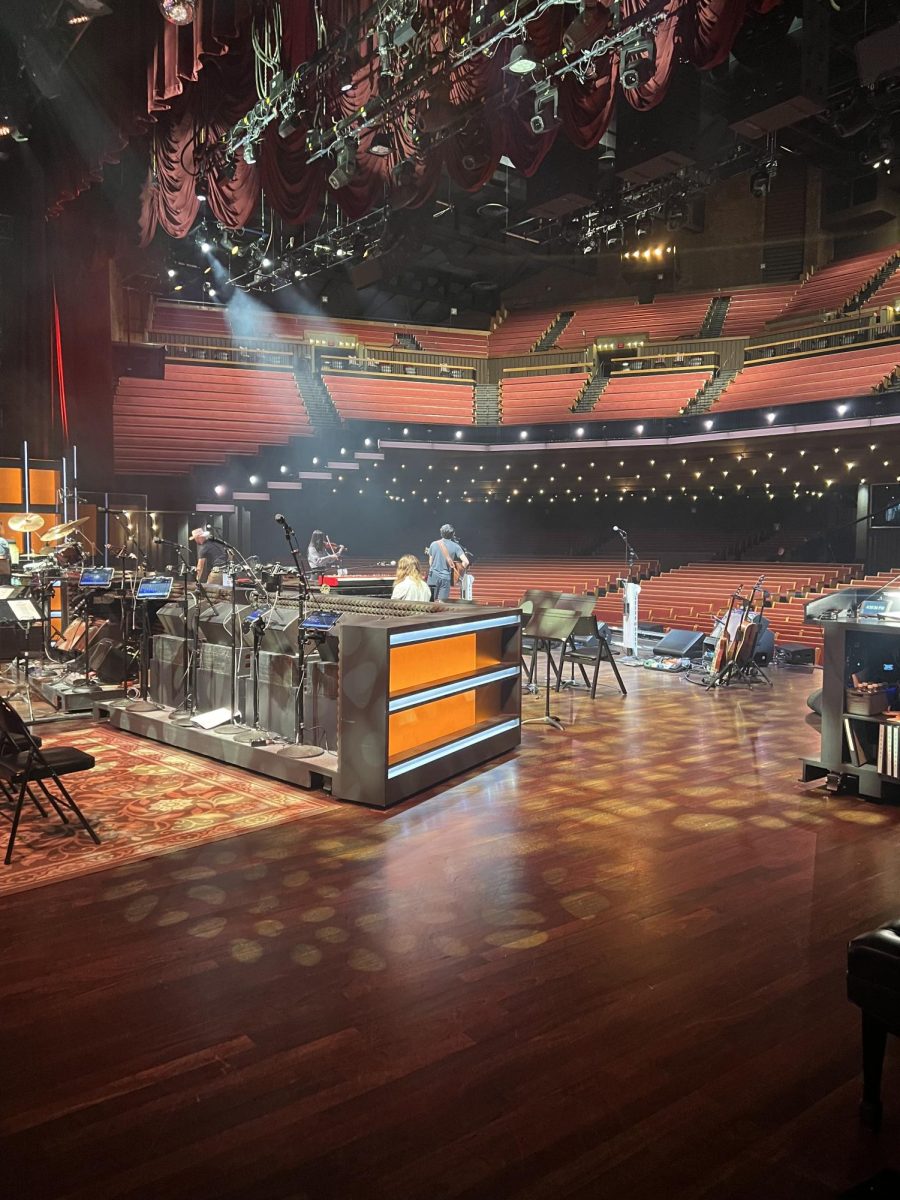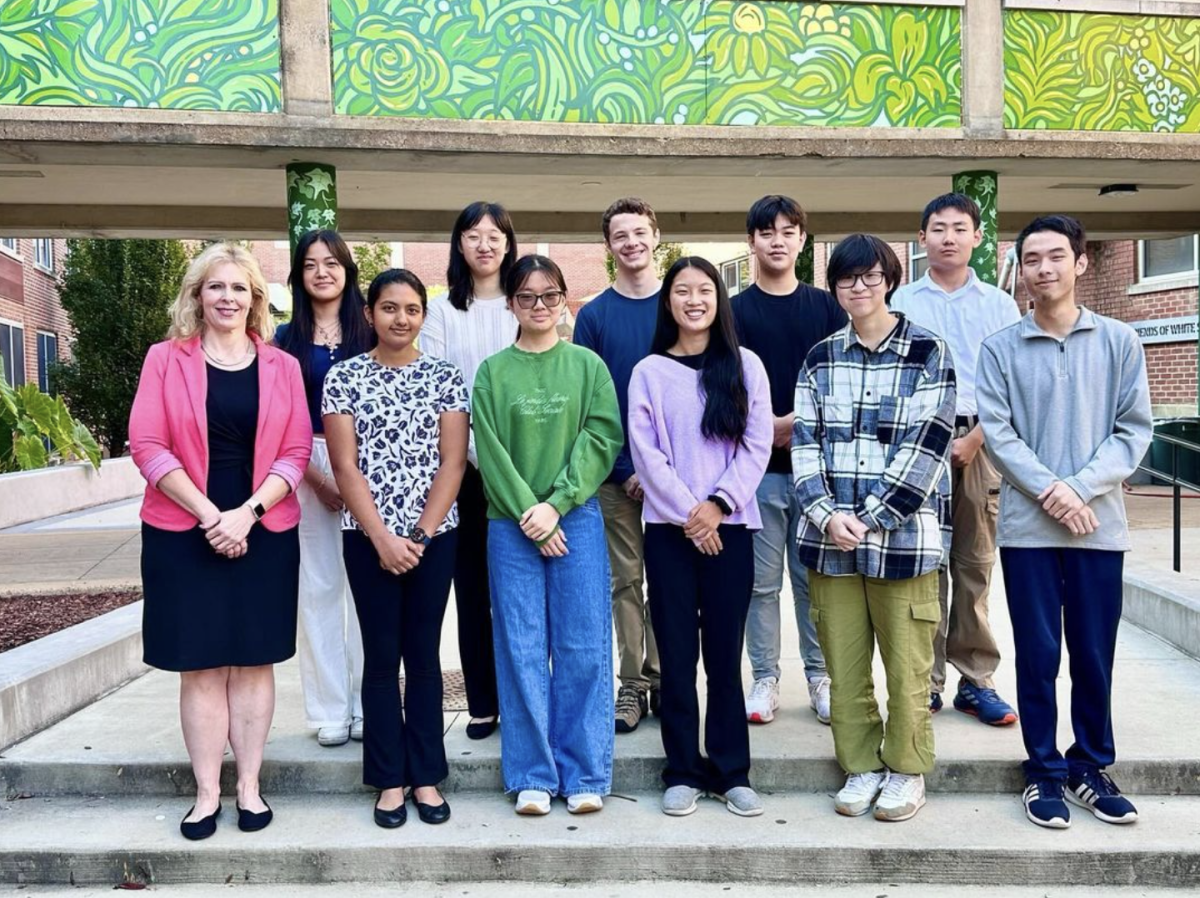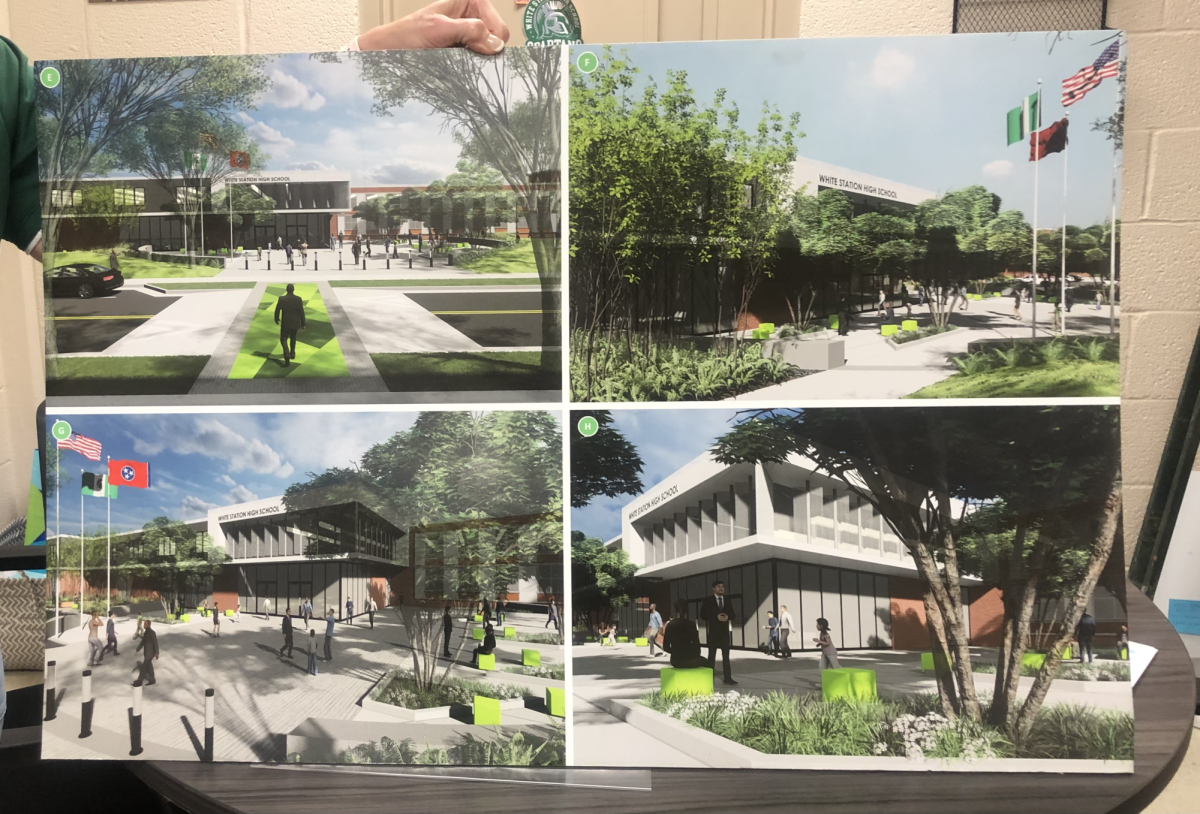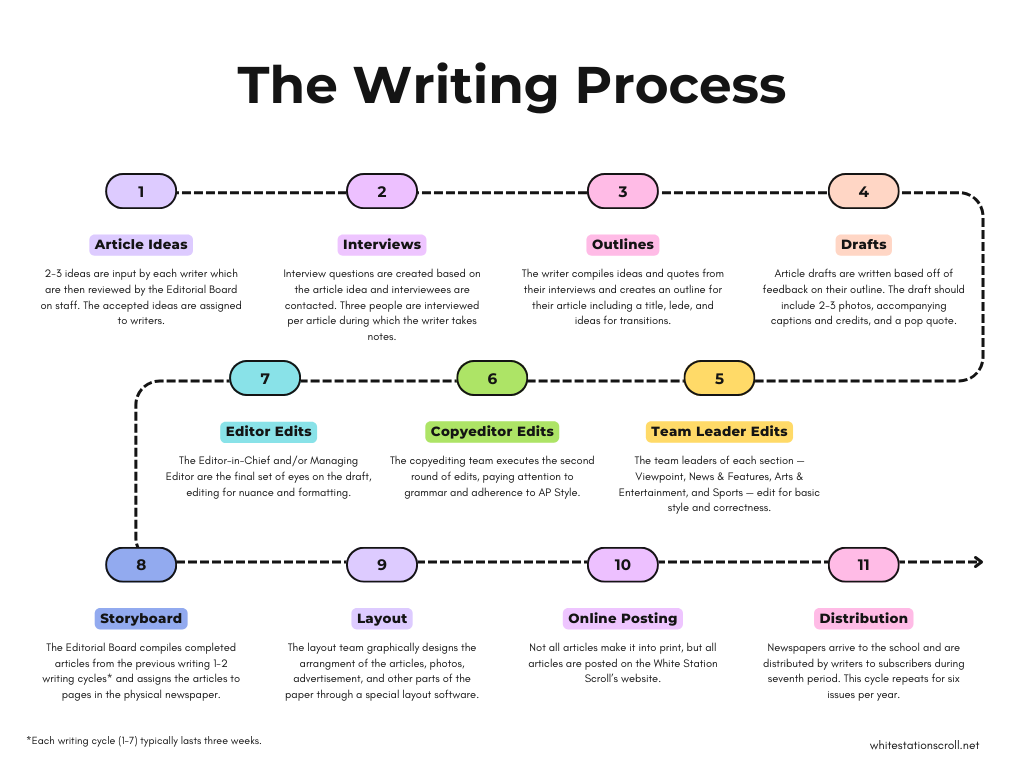
The Kahramanmaras earthquake was a 7.8 magnitude earthquake that struck the lower region of Turkey as well as the northern part of Syria on Feb. 6. The earthquake resulted in at least 6,000 aftershocks as of Feb. 20, $50 billion in property damage, as well as the displacement of at least 2.4 million people and the death of over 50,000 people in both countries.
Naturally, Earth is made up of many tectonic plates and because the Earth’s core is hot, it creates movement of the plates through convection. When the Earth’s plates rub against each other, the build-up of pressure and stress causes an earthquake to occur and depending on the earthquake’s magnitude, it can vary from vibrations to the destruction of well-built buildings. The earthquake on Feb. 6 received a maximum Marcalli intensity of 11. To put into perspective, in terms of energy, a 7.8 magnitude earthquake is 708 times stronger than an earthquake with a magnitude of 5.9.
“So what is going on [in Turkey and Syria] is the Arabian plate being moved northward — being pushed into the [Anatolian] plate and that is what is known as the strike-slip fault,” AP Human Geography teacher Jeremy Bateman said.
The damage of devastation and the death toll likely links directly to infrastructure. In comparison to Japan, which many regard as a developed country that also suffers from natural disasters, Turkey and Syria have higher poverty rates and a lack of resources, making earthquake recovery efforts more difficult.
“So when the earthquake had happened, [Bashar al-Assad] never talked about [the earthquake], never ensured us, never told us what the plan was,” Amira Rabaa (12) said. “He cut off the electricity [without warning] … It’s also snowing — it’s winter in Damascus. It’s freezing cold, inches of snow, there is no heat to keep warm so we have to layer in clothing. Everything is closed down.”
With the ongoing civil war in Syria and a lack of foreign aid, recovery efforts are becoming increasingly complex. Syria had about three hours of electricity per day during the war. However, because many buildings collapsed as a result of the earthquake, many Syrians are unable to work due to a lack of food and worsening weather, making it difficult to get resources in, and people out of the collapsed buildings.
“You have a lot of Palestinian refugees that are coming in [Syria] and adding to [social, economic and political] pressure,” Bateman said. “What ends up happening is that you got an infrastructure that is already weak, Syria because of its war, populations are starving — they don’t have a long life expectancy … [Syria] is in its expanding stage, which means that people don’t live. So you don’t have a lot of old people, you have a higher dependency ratio and you take that and you build buildings and you are hungry.”
As the recovery process continues, a number of countries and organizations are sending aid to Turkey. In comparison to Turkey, not much aid has been sent to Syria due to the ongoing civil war, declining economy and political stability.
“After the earthquake, I know that Ukraine had sent some stuff to Syria to help people … like food and clothing,” Rabaa said. “I know UNICEF, here in the U.S., had also sent some things. Other than that, there hasn’t been much aid to Syria. Especially to Syria, Turkey [got] aid because there are still airports that go to Turkey but since all of the airports are cut off from Syria [due to the civil war], there is not much aid going on.”
Despite the humanitarian efforts to aid the affected areas, as time goes on, civilians are finding more people under the rubble. Building structural damage of this magnitude could take years, if not a decade, to repair. Even buildings that appear to be structurally sound may have been damaged at the foundation, necessitating additional reconstruction efforts.
“It’s going to be hard either way for the government to respond — whether or not it’s people they do like or people they don’t like,” Bateman said. “If you have broken infrastructure, you have to work from wherever your support and resources are — you have to work inward to that. You don’t get to go right to the source and then work outward to fix everything outward.”

